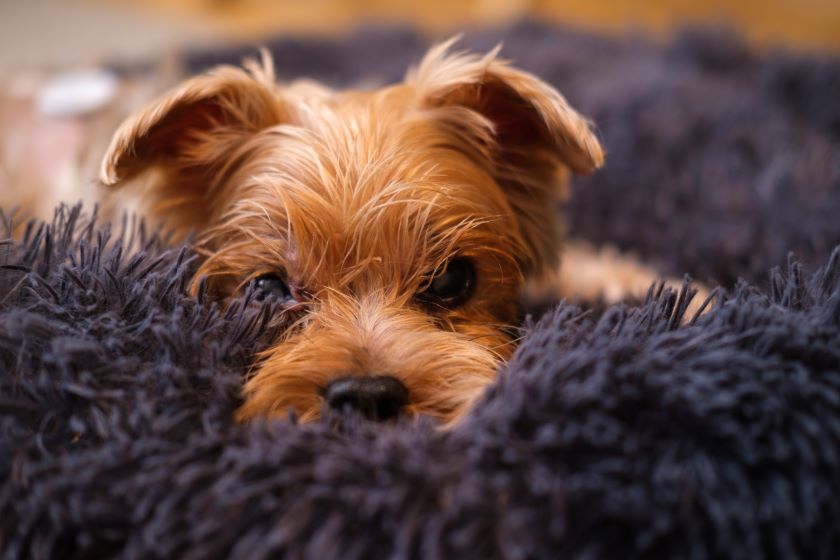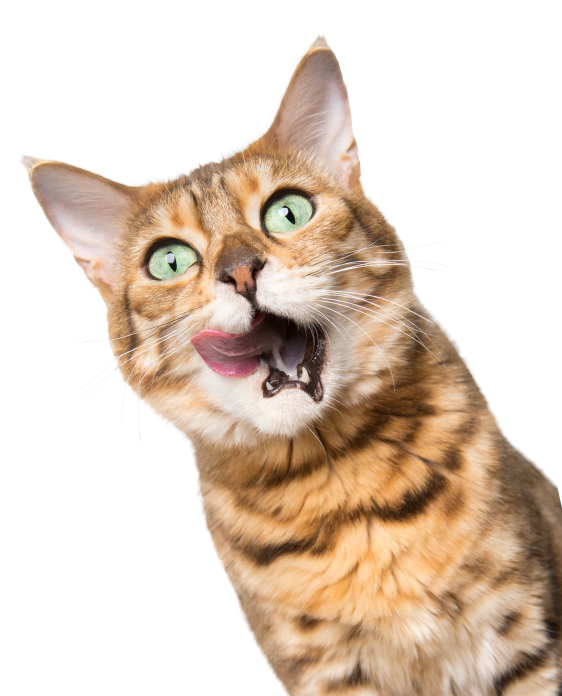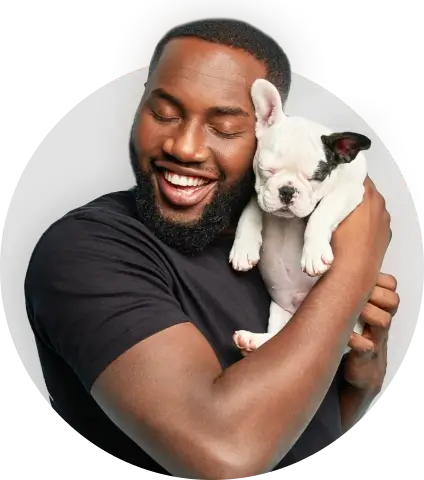Ready to help treat your pet to a healthy life?
Dog diarrhea: Everything You Need to Know (But Don't Want to Ask Your Vet)
By : Kelli Rascoe & Trupanion Staff | Updated Dec 3, 2024
A healthy diet goes a long way
According to Nold, Any food or treat which is new to your dog has the potential to cause diarrhoea. This is particularly the case if your pup's diet is changed suddenly. Because of this, Nold recommends introducing one food or treat at a time, so if your dog does develop diarrhoea, it may be easier to identify the specific cause.
Avoid foods that can trigger dog diarrhoea, such as:
- Milk or dairy, especially if not non-fat or low-fat.
- Fatty or rich foods, which can also cause pancreatitis. Symptoms of pancreatitis include other gastrointestinal signs such as vomiting, abdominal pain and/or decreased appetite.
Keep these toxic foods out of reach and never feed them to your dog:
- grapes and raisins
- onions
- garlic
- macadamia nuts
- chocolate
- alcohol
- coffee
- foods containing the artificial sweetener Xylitol (such as some peanut butters)
Choose food that is the right life stage for your dog
- Nutritional requirements for dogs vary with life stage and often with breed. For example, a quickly growing puppy often requires higher calories and different nutrients than a geriatric dog, which generally needs an easy-to-digest, low-calorie food.
- Always purchase dog food that’s labelled for the correct life stage of your dog, and consult with your veterinarian if you’re unsure of what to feed your dog.
- If your dog has a chronic condition, their diet restrictions may be more specific.
Consult with your veterinarian before you start your dog on a raw diet
- The biggest risk associated with raw diets is infectious diseases, including bacterial and parasitic infections, for the pet ingesting the food, the person preparing it and for others in the household (young children or immunocompromised individuals are most at risk).
- If the raw diet includes bones, there is also a risk of a gastrointestinal foreign body which may require surgical intervention.
- If you choose to feed your dog a raw diet, consult a veterinarian to ensure it is nutritionally balanced.
Know the signs (and what to do) if your pet has food allergies
- Food allergies are often caused by the protein source, such as chicken or beef. If you have recently changed your dog’s diet and they are experiencing itching, hair loss, redness of skin, diarrhoea and/or vomiting, it’s worth switching back to the old protein source to see if the symptoms resolve.
- It can take a couple months for the allergen to work its way out of your dog’s system, so we recommend seeking veterinary advice for controlling the symptoms, especially if they are severe.
- Other illnesses can cause similar reactions to a food allergy, so your veterinarian may conduct further diagnostics or recommend a specific food trial to determine the cause.
The bottom line
You know your dog better than anyone, but it’s not always easy to tell if your dog needs to visit the veterinarian for a case of dog diarrhoea. If you’re unsure, we recommend seeking medical help — after all, it’s better to be safe than sorry.
While you can’t always prevent dog diarrhoea from happening, you can take steps to help prevent it, starting with what your dog does (and doesn’t) eat. Remember, if you have questions, your veterinarian is just a phone call away.


